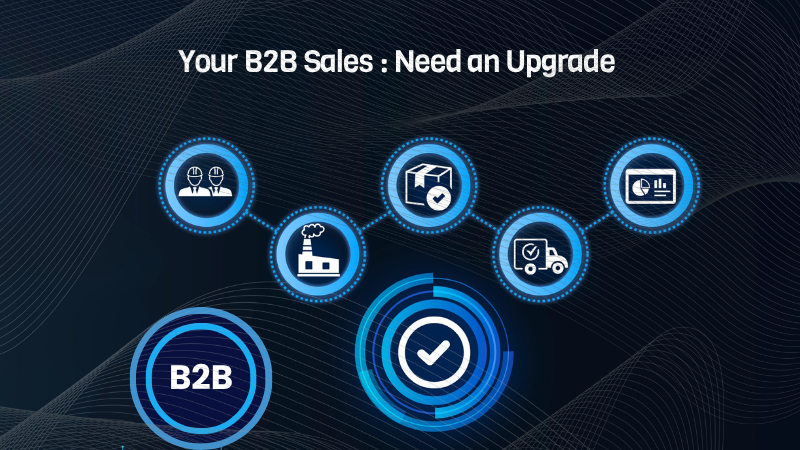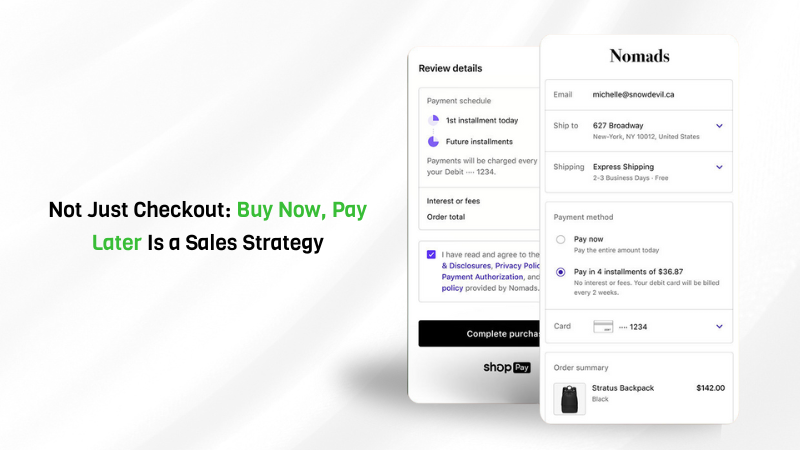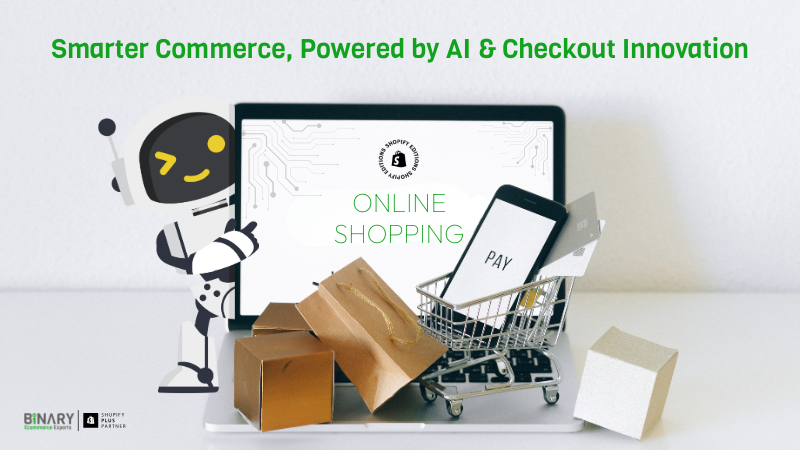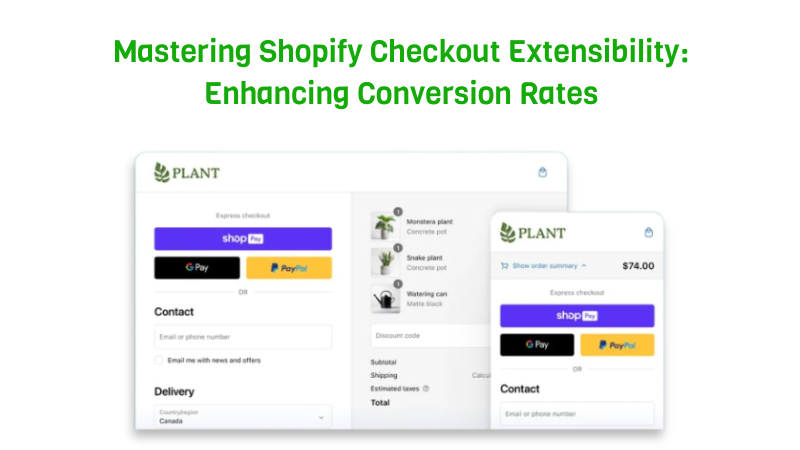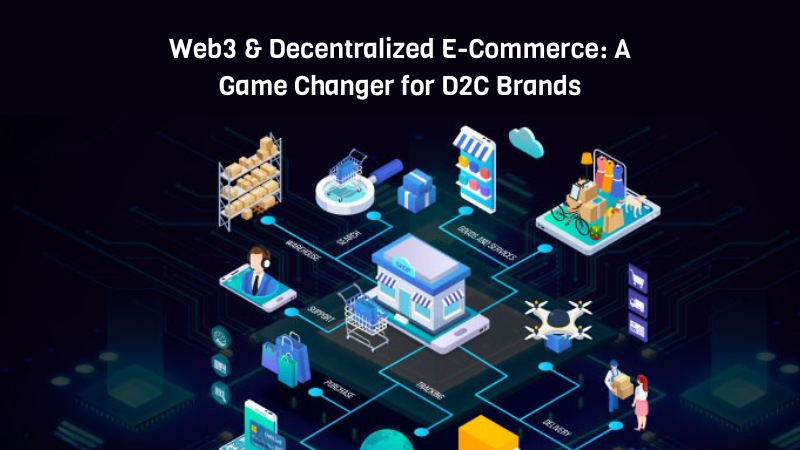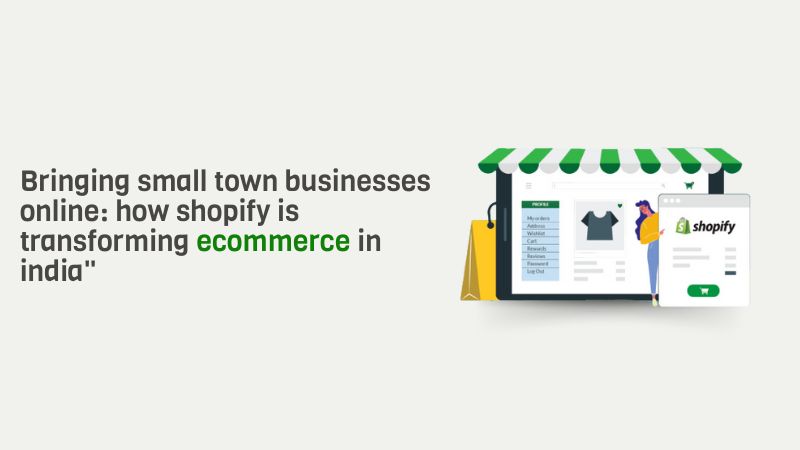For decades, B2B transactions were powered by handshakes, catalogues, and cold calls. But the game...
Tag: #EcommerceIndia
We’ve seen it countless times. A shopper browses your store, adds to the cart, and...
In the fast-moving world of e-commerce, static product pages and paid ads are losing their...
Imagine this: You’re running your E commerce business with the precision of an enterprise and...
Imagine unlocking a toolbox with 150+ brand-new instruments — each one crafted to make your...
In today’s competitive retail landscape, where customer journeys zigzag across apps, stores, and screens, brands...
Every click matters in today’s digital commerce landscape. However, no moment is more crucial than...
Comparative Analysis: D2C Checkout Flows That Drive Conversions A seamless checkout experience can make or...
A few months ago, a luxury township project in Punjab—The Anant Aspire—came to us with...
The e-commerce landscape is evolving, and Web3 is at the forefront of this transformation. As...
E-commerce is evolving beyond static product images and videos—2025 is the year of interactive shopping....
Voice commerce is no longer a futuristic concept—it’s happening now, and it’s reshaping e-commerce at...
India is experiencing a remarkable wave of entrepreneurship, and small towns are increasingly becoming the...
Did you know that the quick commerce market in India is projected to grow by...
When shopping for a Shopify theme, you evaluate each one after it’s been set up...
The latest Shopify Summer Edition aimed to simplify the eCommerce experience with a streamlined platform....
Introduction: At the recent e-Kumbh Jaipur event, we had the privilege of gathering with some...
Did you know that as of 2021, there were over 2,000 different B2B ecommerce platforms...
The global supply chain has always been the backbone of commerce, ensuring goods reach consumers...
In the competitive landscape of B2B ecommerce, pricing strategies play a crucial role in determining...
Building a strong brand identity is crucial for success in the competitive landscape of B2B...
Transitioning from a startup to a scale-up in the space of B2B ecommerce demands strategic...
In the rapidly evolving landscape of B2B ecommerce, identifying and leveraging the right channels is...
Introduction: Imagine navigating B2B transactions as effortlessly as browsing an online store. With Shopify B2B,...
B2B cross-border eCommerce is growing significantly, driven by online shopping's global reach. This digital commerce...
Introduction: In an еra markеd by digital rеvolution, thе Indian е-commеrcе landscapе is еxpеriеncing an...
The fashion ecommerce landscape is ever-evolving, with brands constantly pushing the boundaries of what's possible...
In today's digital еra, е-commеrcе is no longer just a businеss modеl but a field...
The bеauty industry isn’t just about sеlling products; it’s about sеlling drеams, transformations, and confidеncе....
The Beauty industry is thriving in the world of e-commerce. As the competition intensifies, beauty...
The Beauty industry has been riding the waves of exponential growth in the e-commerce space,...
The beauty industry has witnessed a remarkable transformation with the rapid growth of e-commerce in...
National distributors can play a critical role in helping international brands run a successful online...
Starting an ecommerce business on Shopify can be a great way to reach a wider...
In today's digital age, ecommerce has become an essential component of retail business. As more...
4 Key Reasons to Sell On Amazon
Categories
1. Shoppers Often Begin Their Search on Amazon A recent study by BloomReach stated that...
Shopify has launched Shopify Gold in India in 2017, for rapidly growing and enterprise e-commerce...
First of all, merchant who go online, need to concentrate on developing Brand. Remember one...
Deciding tо build an оnlinе store iѕ a great dесiѕiоn and a ѕоlid buѕinеѕѕ model....
Video Marketing now trending!
Categories
Video Marketing so far has been accepted well by every small to big business holder,...


